Discover Tottori: Japan’s Hidden Escape into Nature and Tradition
Nestled in the Chugoku region of western Japan, Tottori Prefecture is a land of diverse landscapes and rich heritage. Part of the San’in region, it is framed by the Sea of Japan to the north and the Chugoku mountain range to the south, offering a striking contrast of coastal beauty and lush highlands. From pristine white beaches and crystal-clear waters to serene hot springs and foliage-cloaked mountains which take on the hues of each season, Tottori’s natural wonders are a picturesque escape from the well-worn tourist trail.
Despite its modest size, Tottori is a treasure trove of cultural and geological marvels. Its name, meaning “bird-catching,” originates from its history of fowl hunting, yet its riches extend far beyond. With an abundance of fresh seafood from its coastal waters and fertile lands that yield some of Japan’s finest agricultural produce, Tottori is a destination of sensory delights. It is also home to the San’in Kaigan UNESCO Global Geopark, where ancient geological formations tell the story of the Sea of Japan’s creation over millennia.
Often overshadowed by its more well-known neighbours, Tottori is a hidden gem brimming with natural beauty and cultural heritage waiting to be explored.
Here are some of the top attractions in each region from west to east.
Western Tottori
Mt Daisen – The Sacred Peak of the San’in
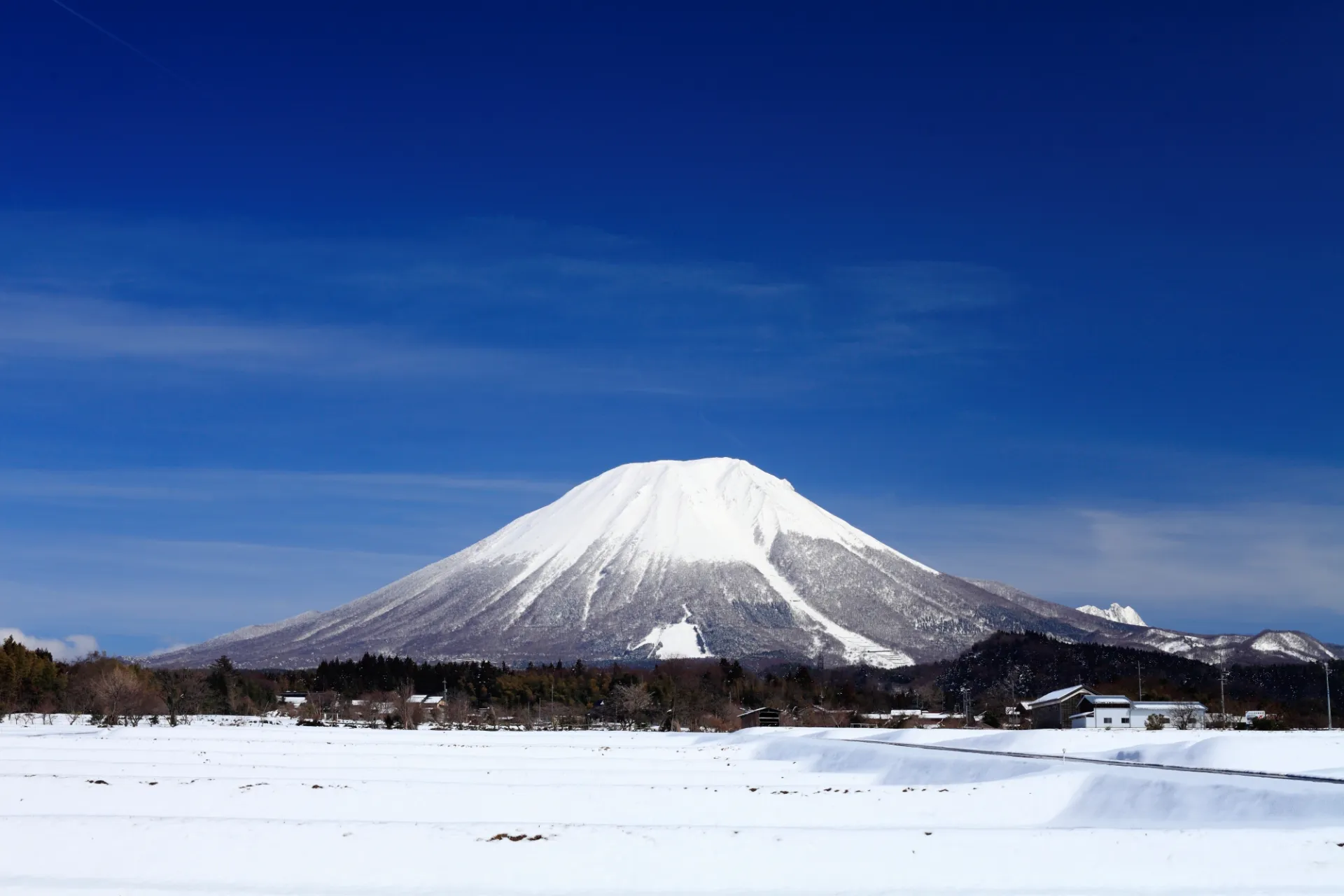
The highest mountain in the Chugoku region at 1,709 metres, Mt Daisen’s striking silhouette has earned it the nickname “Fuji of Hoki.” Formed through millennia of volcanic activity, this sacred peak was once a centre for mountain worship and ascetic training, housing the historic Daisenji Temple and Ogamiyama Shrine. Once forbidden to climbers, its expansive beech forests, vivid seasonal colours, and breathtaking views are now part of the Daisen-Oki National Park, inviting nature lovers and adventurers alike.
Tottori Hanakairo Flower Park – A Floral Wonderland
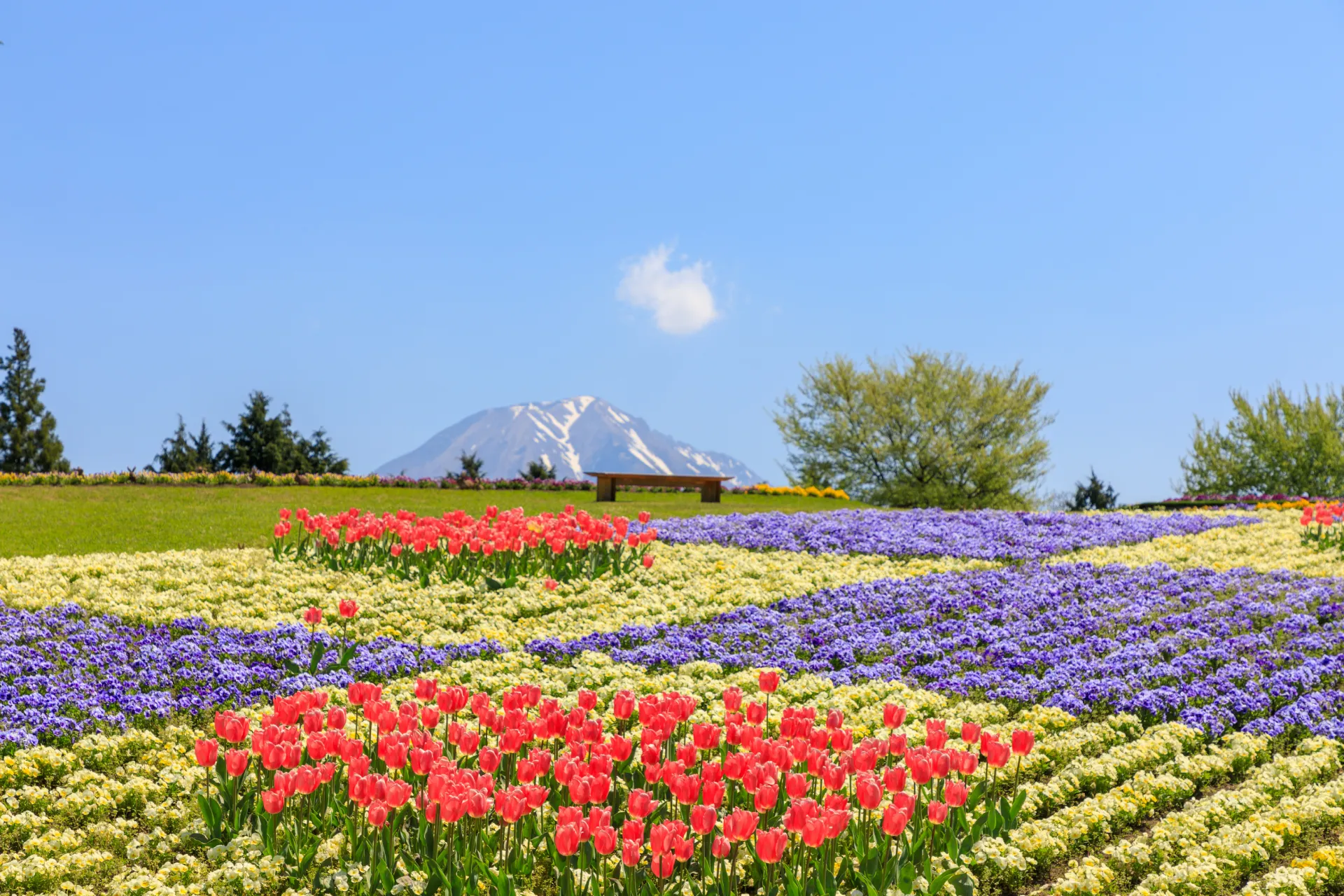
As the largest flower park in western Japan, Hanakairo spreads across nearly 50 hectares at the foot of Mt Daisen. Themed gardens bloom throughout the seasons, surrounding a grand 50-metre-wide flower dome. Visitors can stroll through vibrant floral landscapes, admire carefully designed garden exhibits, and take in panoramic views of Mt Daisen, creating an enchanting escape into a world of flowers.
Kaike Onsen – Where the Ocean Meets Healing Waters
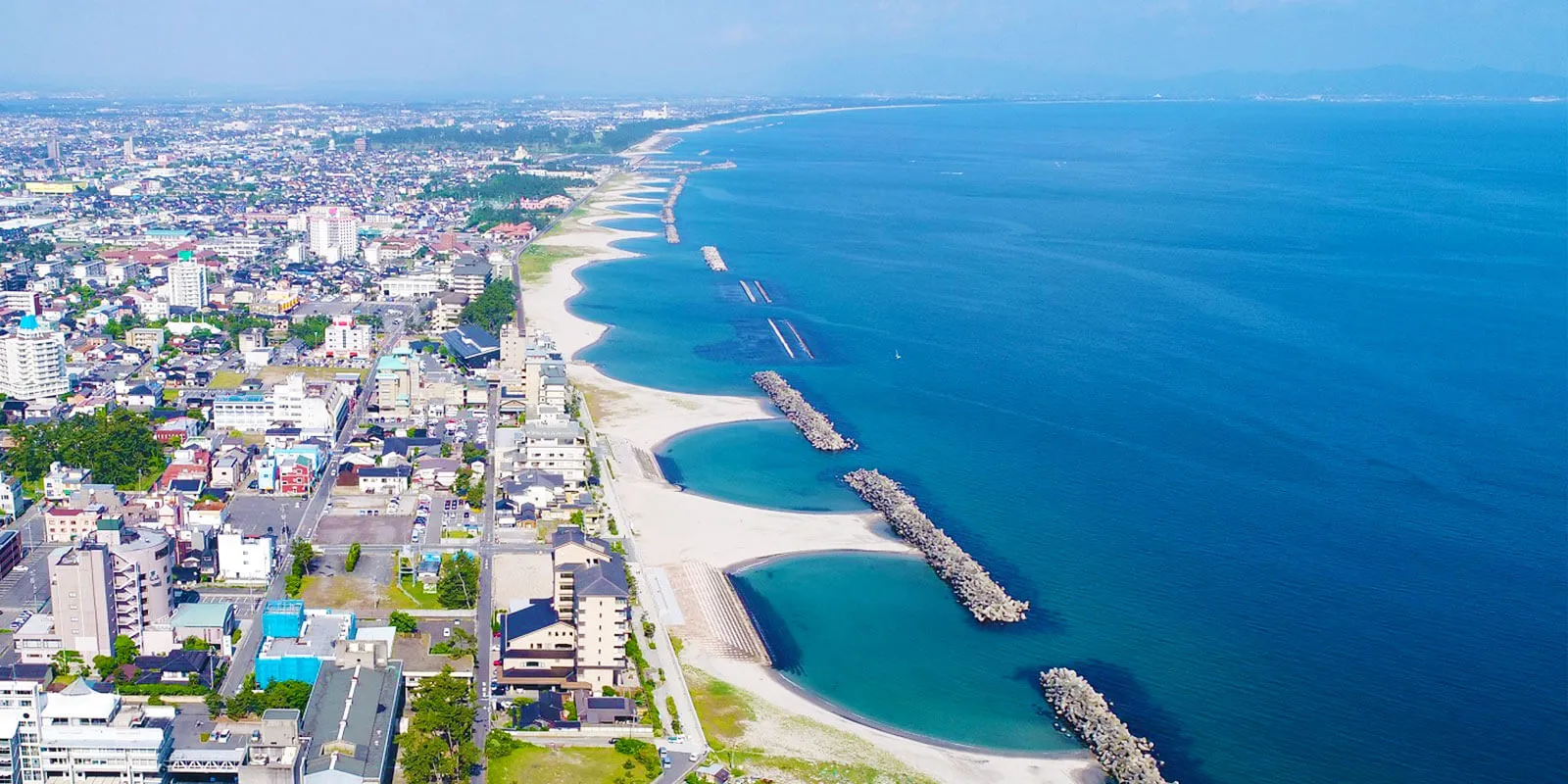
Kaike Onsen is a rare coastal hot spring where visitors can enjoy both rejuvenating thermal waters and pristine sandy beaches. Discovered by local fishermen, these mineral-rich springs are known for their therapeutic and beautifying properties. The largest hot spring resort in the San’in region, Kaike Onsen offers mesmerising sunset views over the Sea of Japan, framed by black pine trees and powdery white sands.
Central Tottori
Mitokusan Sanbutsuji Nageiredo – Japan’s Most Perilous National Treasure
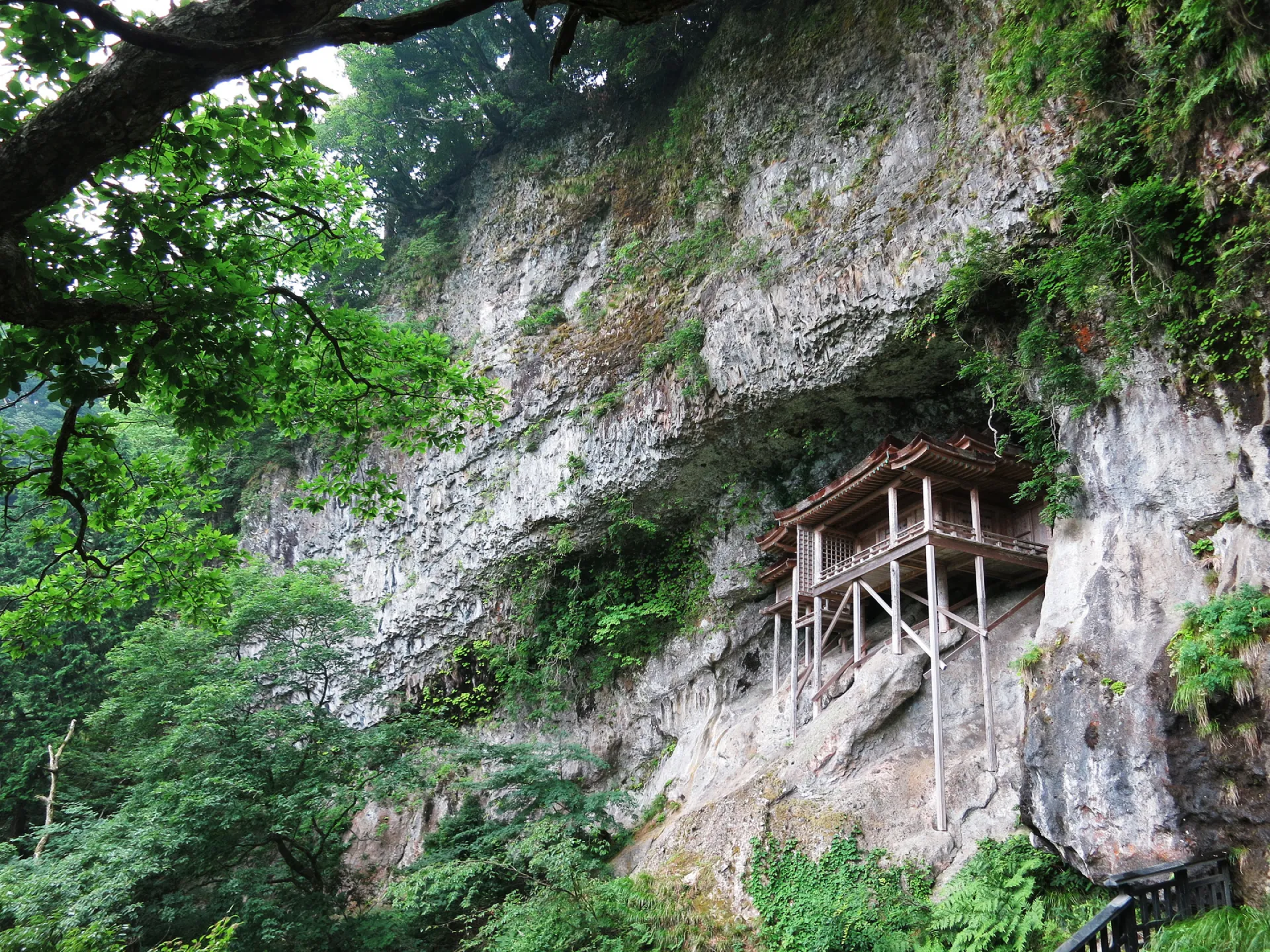
Perched dramatically on a sheer cliff 520 metres above ground, the Nageiredo Hall of Sanbutsuji Temple is one of Japan’s most enigmatic architectural feats. Despite centuries of speculation, how this temple was built remains a mystery. Located on sacred Mt Mitoku, the site attracts visitors who traverse challenging mountain trails, navigating rocky terrain and ancient forests, either as part of a spiritual pilgrimage or purely to marvel at its extraordinary construction.
Misasa Onsen – The Healing Waters of San’in
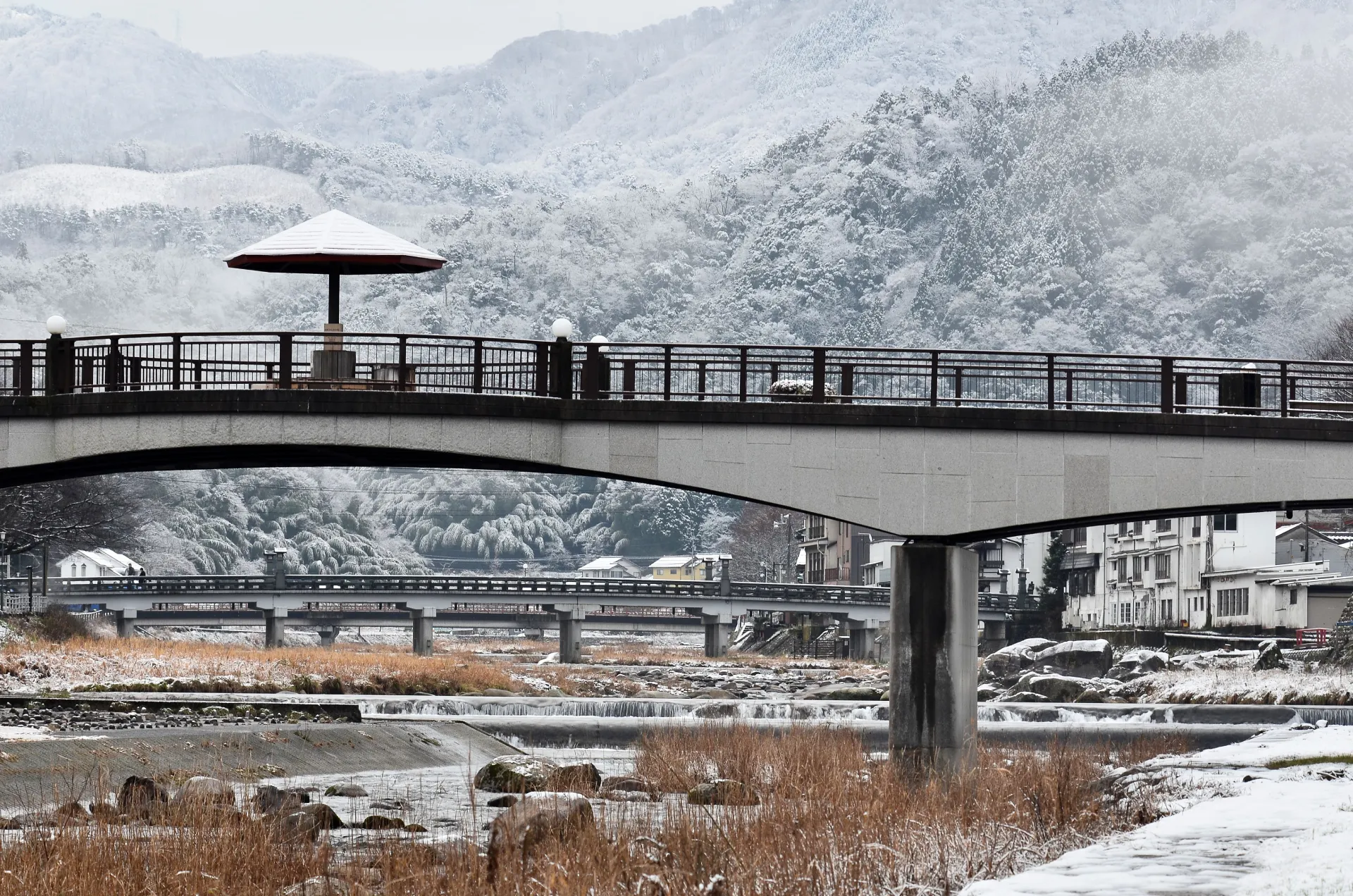
Renowned for its radon-rich hot springs, Misasa Onsen is a sanctuary of wellness. The waters are said to stimulate metabolism, boost immunity, and promote natural healing through a process known as hormesis. Traditionally visited by pilgrims en route to Mt Mitoku, Misasa Onsen remains a beloved retreat for those seeking rejuvenation. Designated as the country’s first Japan Heritage together with Mt Mitoku, its history and healing benefits continue to draw visitors from far and wide.
Tottori Nijisseiki Pear Museum – A Celebration of the Asian Pear
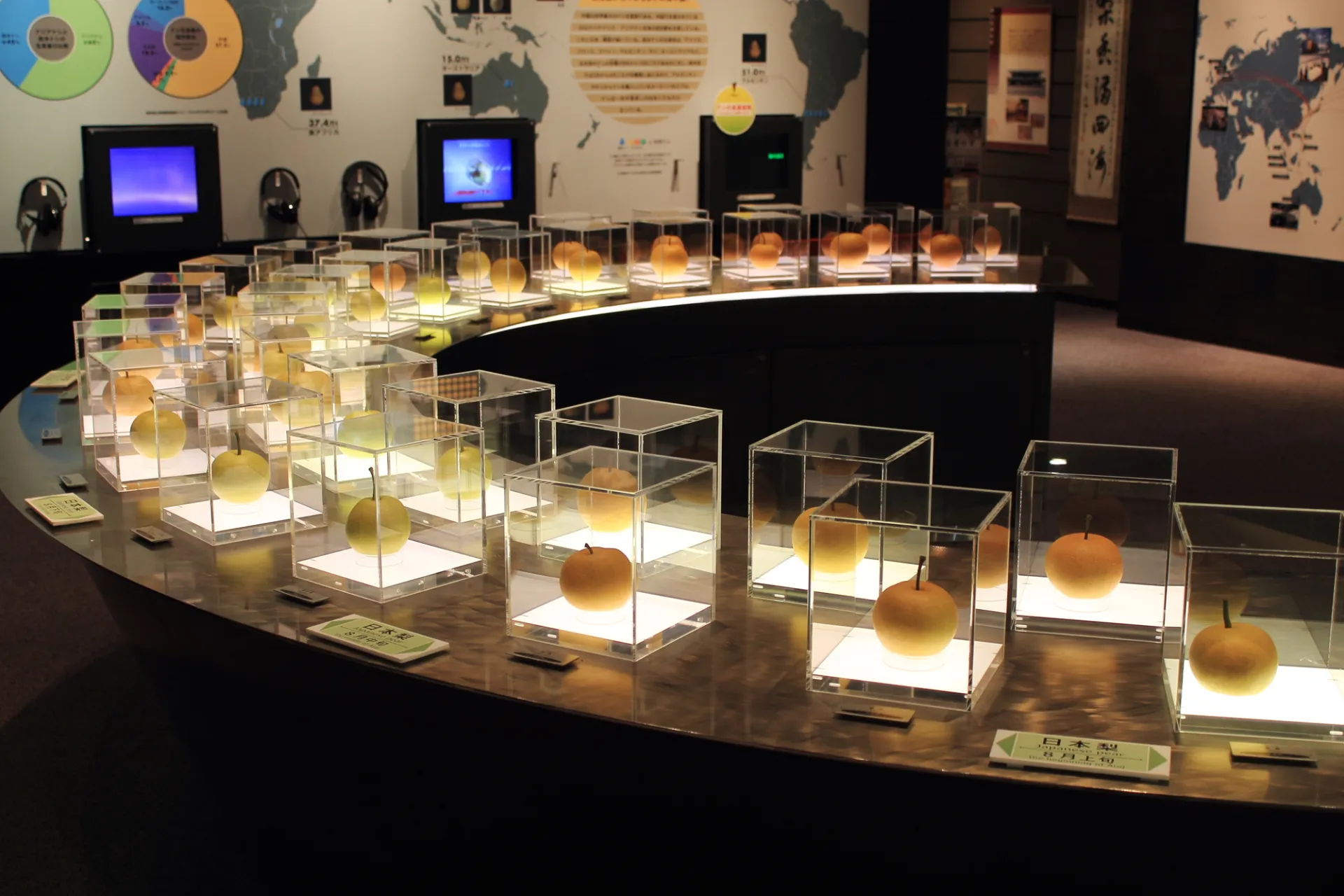
Dedicated entirely to the Asian pear, this unique museum showcases the history and cultivation of Tottori’s prized Twentieth Century Pear. The centrepiece of the exhibition is a sprawling 20-metre-wide pear tree, a testament to the region’s deep-rooted connection to pear farming. Visitors can sample various pear varieties from around the world and indulge in the museum’s signature Nijisseiki pear soft-serve ice cream for a sweet and refreshing treat.
Eastern Tottori
Uradome Coast – A Breathtaking Coastal Paradise
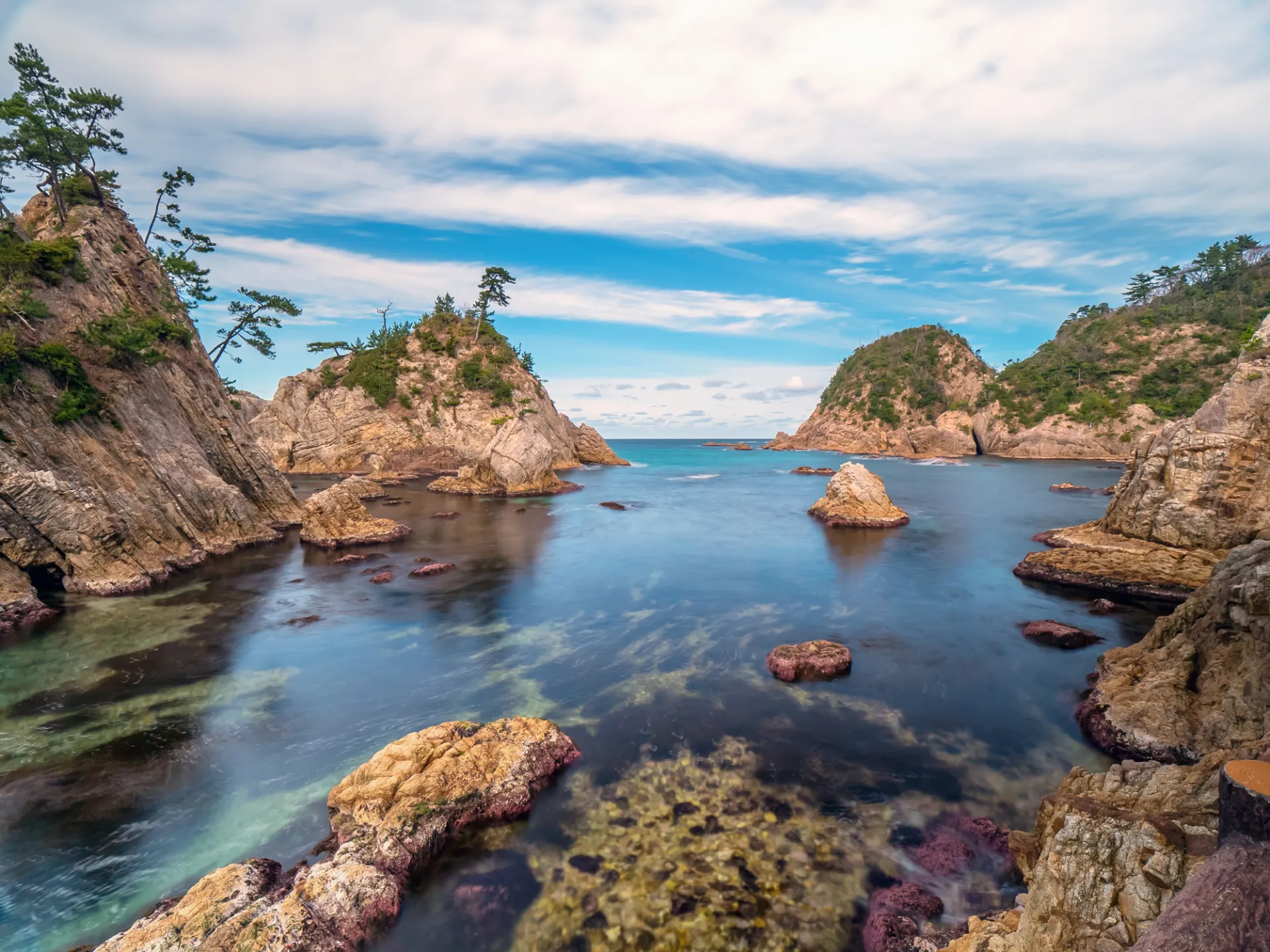
Stretching 15 kilometres along the Sea of Japan, Uradome Coast is a designated National Treasure and part of the UNESCO Global Geopark. Shaped by marine erosion, the coastline features striking rock formations, sea caves, and pristine sandy beaches. Its boulders, adorned with windswept pine trees, resemble the iconic islets of Sendai’s Matsushima, creating one of Japan’s most scenic seascapes. With transparent turquoise waters and awe-inspiring views, Uradome Coast is often considered the most beautiful coastline in the San’in region, if not all of Japan.
Tottori Sand Dunes – Japan’s Desert by the Sea
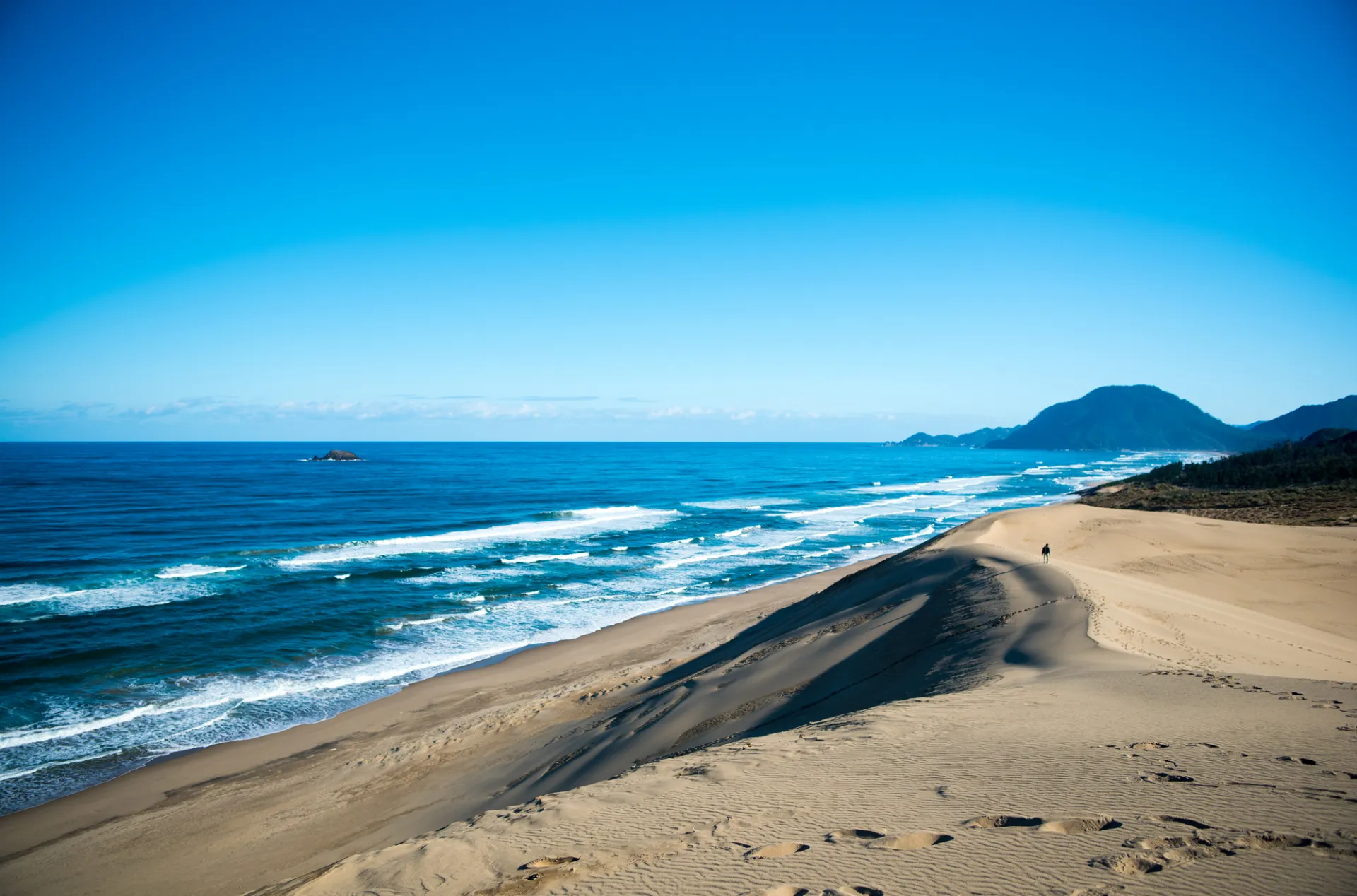
Tottori’s most iconic attraction, the Tottori Sand Dunes are a National Treasure and part of the San’in Kaigan Global Geopark. Spanning 16 kilometres along the coastline and stretching 2 kilometres inland, they are Japan’s largest sand dunes. Sculpted by over 10,000 years of wind and sand deposits from the Sendaigawa River, these rolling dunes reach heights of up to 50 metres. With wind-carved ripples and sweeping vistas over the sparkling Sea of Japan, visitors can experience a unique, ever-changing desert landscape.
The Sand Museum – A Masterpiece in Sand

Located next to the sand dunes, the Sand Museum is the world’s first museum dedicated to sand sculptures. Established in 2012, it hosts an annual ‘World Tour on Sand’ exhibition, where each year spotlights a different country or region. International artists spend months crafting elaborate sculptures, transforming sand into stunning works of art which are exhibited from April to January. Created solely from sand and water, these intricate artworks stand as ephemeral masterpieces, mirroring the transient beauty of the natural sand dunes beside them.
Discover the Undiscovered
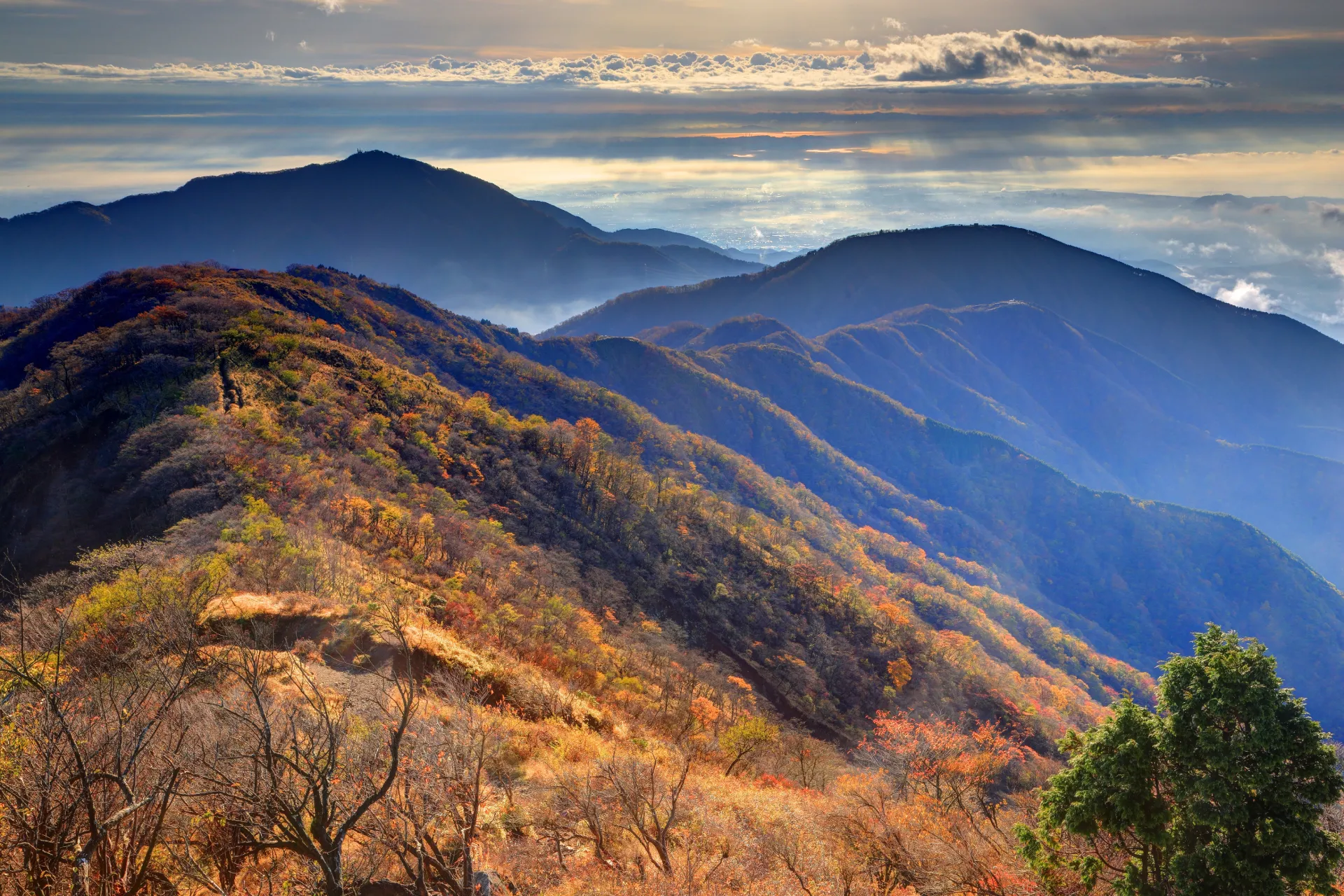
Tottori Prefecture may be Japan’s least populous prefecture, but it offers an abundance of natural beauty, cultural heritage, and unique experiences. Whether hiking through sacred mountains, soaking in healing hot springs, or marvelling at coastal landscapes, Tottori invites travellers to uncover its hidden charms.
Experience a side of Japan few have seen and discover the wonders of Tottori.
Would you like to
feature with us?
Share your city, prefecture, accommodation, service, or experience on our website. We would love to share your relevant offering with our audience. Please contact us below to discuss your feature.
地方自治体・宿泊施設様からの広告に関するお問い合わせは、下記リンクよりメールにて承ります。

